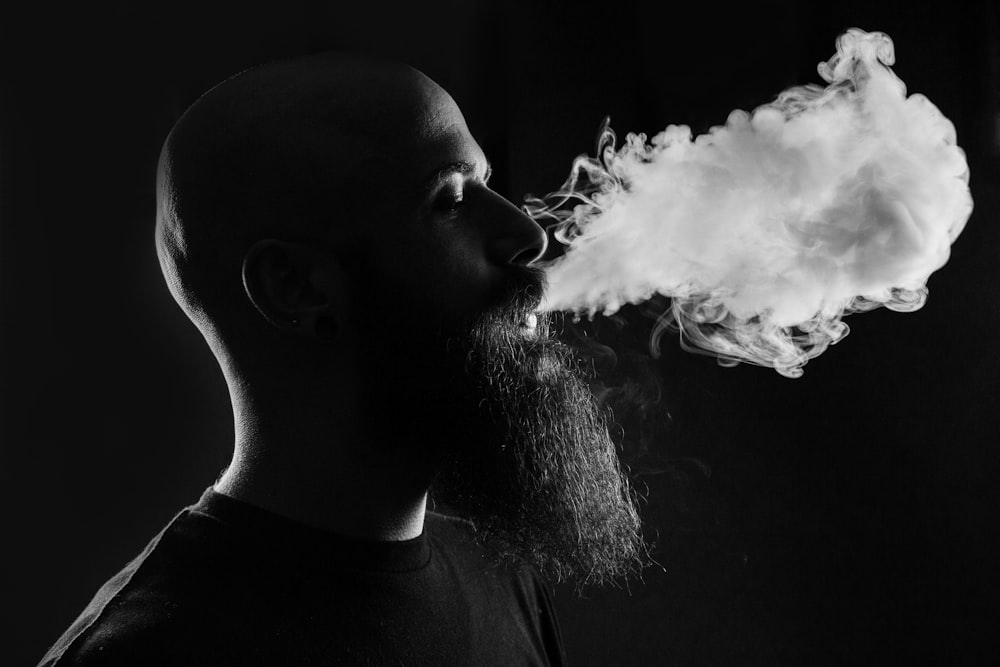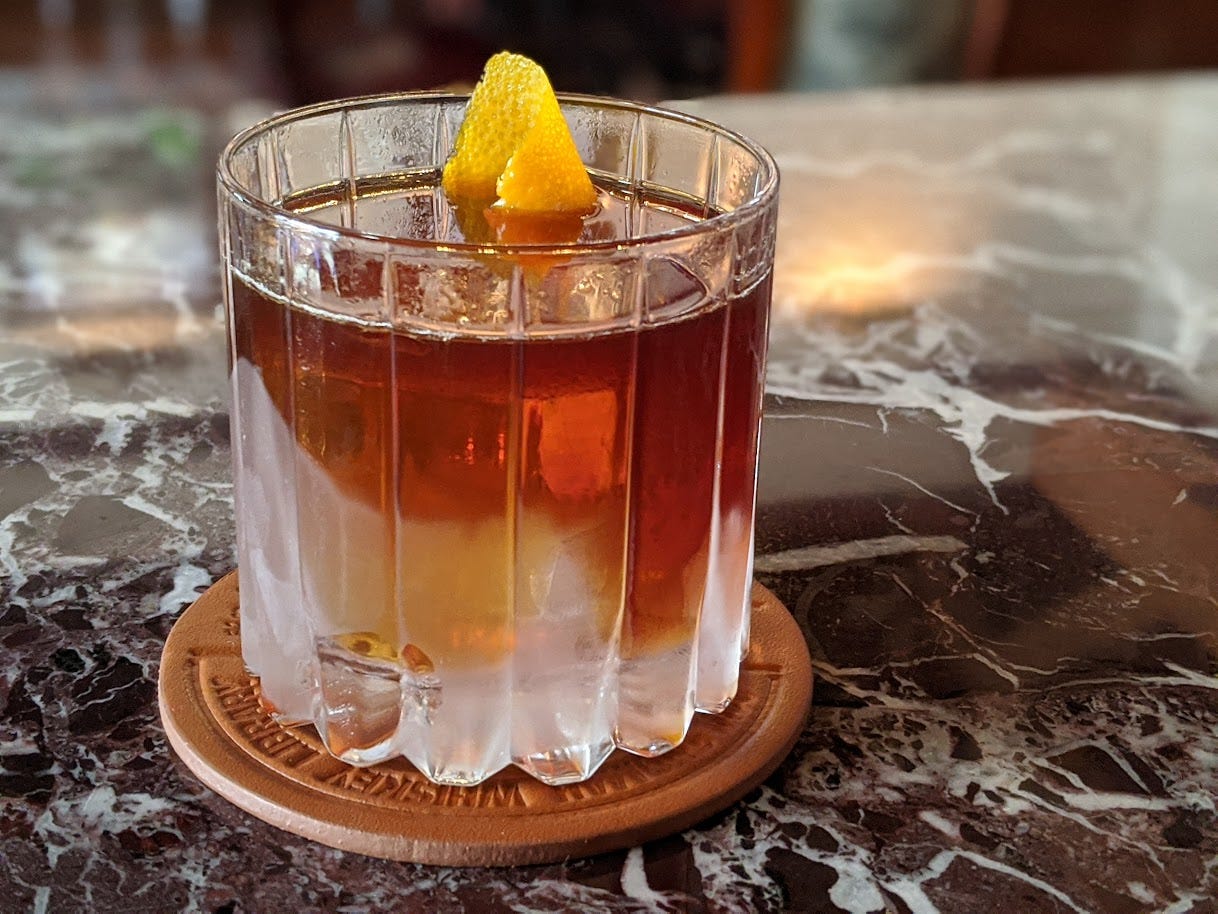Nicotine: the drug too stigmatized even for Portland

I have a new op-ed up at the Oregonian. Here’s the opening:
Adults in Oregon can walk into any state-licensed liquor store and buy all kinds of flavored liquor, from cinnamon whiskey to whipped cream vodka. At Oregon grocery stores, they can buy caramel stouts, fruity sour ales and mango hard seltzers. Cannabis is legally sold in the form of milk chocolate bars and pink lemonade jellies. But if a new proposal passes the Multnomah County Commission, it will soon be illegal to sell flavored tobacco or nicotine products to adults.
Multnomah County, which includes the city of Portland, first tried to ban flavored e-cigarettes in 2019. It was somewhat understandable then: teen use of e-cigarettes was going up and there was a scary outbreak of lung illnesses that sickened thousands and killed nearly 70 people. I testified against the ban and fortunately it didn’t pass. The idea makes even less sense now than it did then. Teen vaping rates have fallen dramatically and the wave of lung illnesses, now definitively attributed to contaminants in cannabis vape products rather than nicotine e-cigarettes, subsided long ago. So why revive the ban?
The commission’s website says the ban is “spurred by the steady rise in the rates of teen vaping,” which as I note in my op-ed is flat wrong; teen vaping rates are way down. The commission also cites the interplay between smoking and COVID; this is also much more complex than ban advocates suggest, and in any case has nothing to do with justifying a ban on vapor products, for which there’s hardly any evidence at all. I wrote a long post on Medium digging into the science on smoking, vaping, and COVID as well as the myth that nicotine vaping caused the epidemic of lung injuries. Read that if you want to get into those details.
The appeal of the ban ultimately has less to do with public health arguments, which are weak, than it does with stigma. More than any other substance, nicotine inverts the attitudes toward drug use that typically hold among the political left and right. Liberals and progressives in Oregon made the state one of the first to legalize recreational cannabis, the first to legalize psychedelic therapy, and the first to decriminalize possession of most other drugs. Yet when it comes to adults using nicotine, progressives go right back to endorsing prohibition.
It’s also worth comparing attitudes toward nicotine and alcohol. The New York Times just published an article on alcohol in Oregon, which opens with this:
Oregon is a drinker’s paradise. The state boasts more craft distilleries than Kentucky and is second only to California in the number of wineries. Some call Portland “beervana” for its bevy of breweries.
But Oregon also has among the highest prevalence of problem drinking in the country. Last year, 2,153 residents died of causes attributed to alcohol, according to the Oregon Health Authority — more than twice the number of people killed by methamphetamines, heroin and fentanyl combined.
Many progressives do support policies to address problematic alcohol use, but even these are tinkering around the edges with things like raising taxes or rescinding the freedom to sell cocktails to-go. No one suggests banning the sale of alcoholic drinks that come in flavors that underage people find appealing; adult Oregonians’ access to Fireball and White Claw is under no threat.
This is worse than inconsistent. The CDC attributes about 140,000 deaths in the United States each year to excessive alcohol use, including 3,900 deaths among the underaged. Rates of teenage drinking are comparable or higher than rates of teen nicotine vaping, and teen drinking can lead to alcohol poisoning, drunk driving, violence, sexual assault, and risky behavior. Teens aren’t dying in fatal car accidents because they took a few too many puffs off a flavored Juul, but it’s the latter progressives want to ban entirely. (See also this great article from Charles Gardner on the end of teen smoking; this is a tremendous victory for public health that is getting completely ignored due to the moral panic about vaping.)
We don’t talk about banning alcohol because it’s ingrained in our society and, well, we tried that and it didn’t work. But if you compare the harms of alcohol to nicotine vaping, there’s no question which is doing the most damage.
About 440,000 Americans die every year because of smoking. Not nicotine, smoking. The risks of vaping are far lower than smoking and by displacing the latter with the former, vaping will save lives under almost any plausible scenario — but not if regulations and prohibitions are so onerous that smokers or potential smokers can’t access it in formats and flavors that appeal to them.
The proposed ban in Multnomah County would prohibit the sale of safer nicotine products while leaving lethal cigarettes on the shelf everywhere. Such an absurd outcome is a sign that the commissioners have allowed the stigmatization of nicotine to cloud their judgment. Instead, they should take harm reduction seriously. Here’s what the Oregon Health Authority says on its own page about harm reduction:
Harm reduction is a set of practical strategies and ideas aimed at reducing negative consequences associated with substance use. Harm reduction meets people where they are and supports their agency in preventing overdose and adopting safer practices, on their own terms and with the respect and dignity they deserve.
OHA is referring primarily to opiate use, but smokers are no less deserving of consideration. What would it mean to meet smokers where they are, support their agency, encourage them to adopt safer practices, and treat them with respect and dignity? It definitely does not mean making it illegal for them to buy safer alternatives to the addictive products that are slowly killing them. We won’t have sane policies on nicotine until policymakers accept that the future isn’t abstinence, but rather a transition to lower-risk products that avert millions of preventable deaths.
Medicinal booze?
I’m arguing against interest by bringing up the harms of drinking, given that I’ve made a career out of manipulating flavors to make the drug known as alcohol more palatable. Of course we now know that drinking has serious risks, especially when done in excess, but for much of history alcoholic drinks were pursued for their allegedly medicinal qualities.
My latest book review for the Washington Examiner is of Camper English’s Doctors and Distillers: The Remarkable Medicinal History of Beer, Wine, Spirits, and Cocktails. It’s a fun rump through the history of drinking, from elixirs derived from mummified human flesh (pass) to magnificently complex Chartreuse (yes, please!). Read the review here and pick up a copy for yourself.
Dealer’s choices
To read: On the topic of drug use, I finally got around to reading Michael Pollan’s How to Change Your Mind, his enviously cleverly titled exploration of the therapeutic potential of psilocybin, LSD, and other psychedelics. Highly recommended, and sure to be an increasingly relevant topic as Oregon formally legalizes psychedelic therapy.
To listen: A few weeks ago I got to catch French cover band Nouvelle Vague in concert, which was an incredibly fun show. The intriguing opener was Chrystabell with Nouvelle Vague’s Marc Collin performing as Strange as Angels, a sexy gothic reinterpretation of Cure songs. Dig into the whole album or just enjoy one of the hits:
What else? How about a new EP from Beth Orton (touring in the US starting in November) or for the end of summer, Swedish duo First Aid Kit covering “The Boys of Summer”?
To drink: You might have to do some shopping for this one. The Rude Boy is a cocktail I came up with while playing around with a simpler recipe you’ll find in Raising the Bar. That one uses scotch and fernet; this very loose riff calls for a blend of two rums and amaro Sfumato. It’s spirit-forward, bittersweet, and alluringly smoky. I’ve been making this with Plantation 5 year Barbados rum, Smith and Cross Jamaican rum, and Bailoni apricot liqueur, but you may find other substitutes that work. You’ve gotta have the Sfumato though.
1 oz aged rum
3/4 oz Punt e Mes
1/2 oz Jamaican pot still rum
1/2 oz amaro Sfumato
1/2 oz apricot liqueur
orange peel, for garnish
Stir with ice, strain onto a large ice cube, and garnish with a twist of orange peel.


